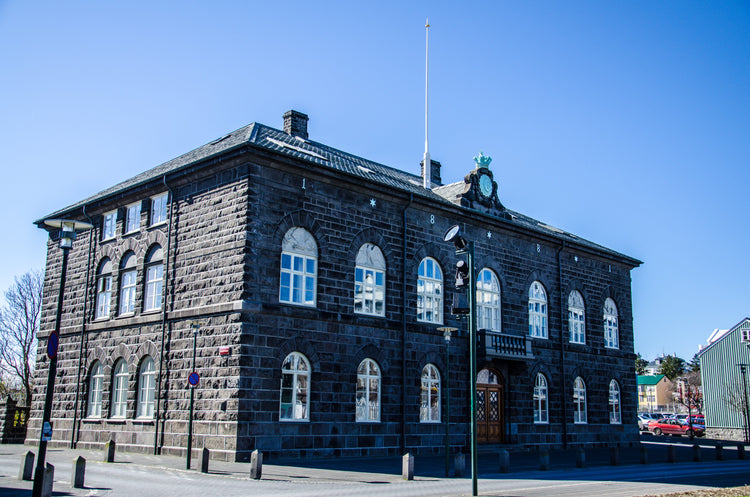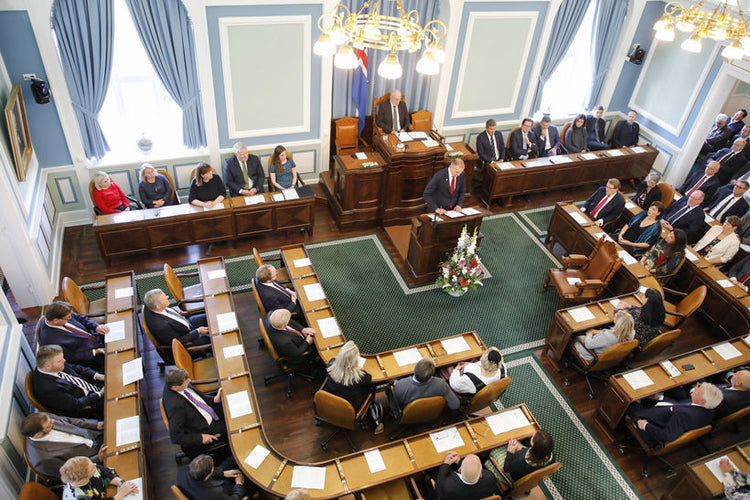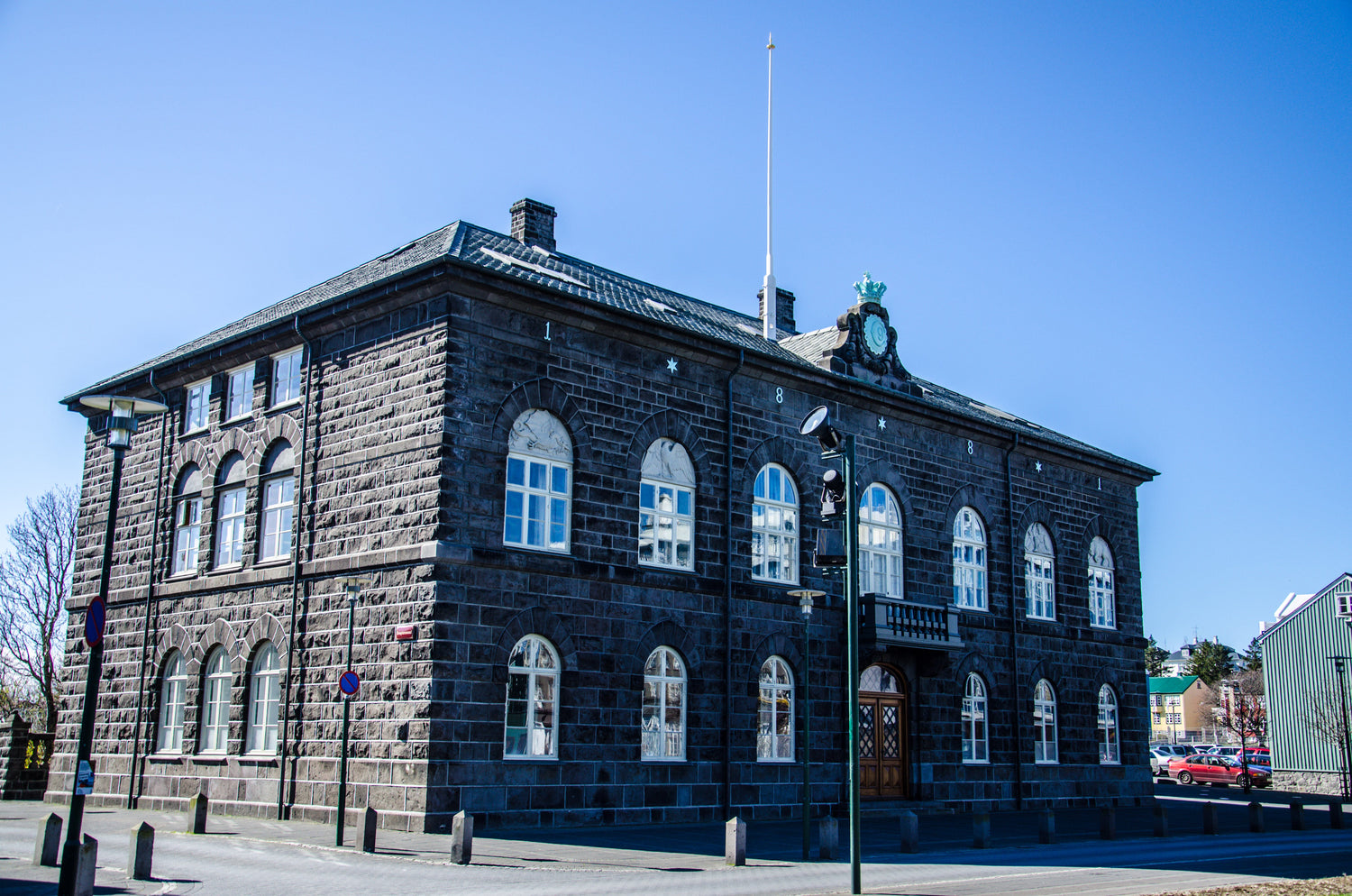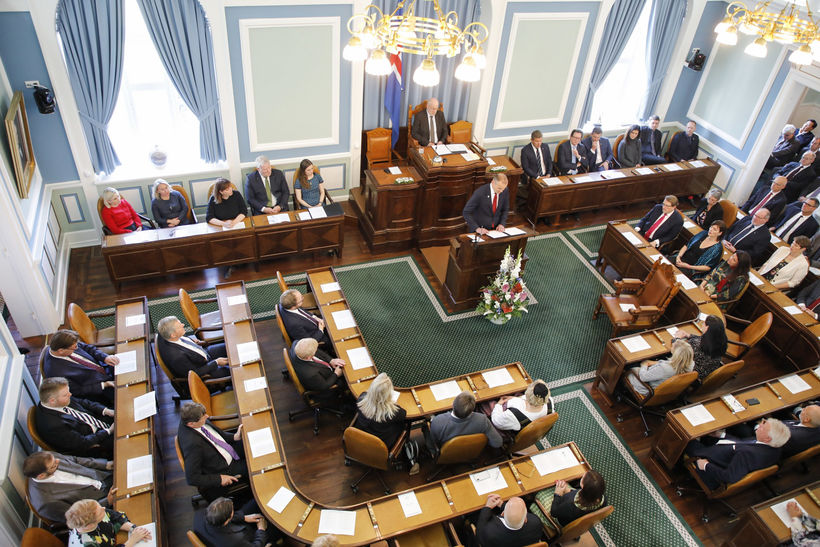

The Icelandic Alþingi is the oldest running parliament in the world. Its history is both unique and important.
The Icelandic Alþingi
The Icelandic Alþingi was established in 930 AD which makes it the oldest running parliament in the world. In the beginning it was an outdoor assembly held on the plains of Þingvellir (45 km from Reykjavík, Iceland's capital). The Althing was a general assembly of the Icelandic Commonwealth, where the country’s most powerful Leaders (goðar) met to decide on legislation and dispense justice. Then, all free men could attend the assemblies, which were usually the main social event of the year and drew large crowds of farmers and their families, parties involved in legal disputes, traders, craftsmen, storytellers and travellers.
Since the establishment of Althingi it has been assembled every year with only one exception.
When Iceland was under the Monarchy of the Denmark . With the introduction of absolute monarchy in Denmark (formed in late 14th century) the Icelanders relinquished their autonomy to the crown, including the right to make and changes laws. After that, the Althing served almost exclusively as a court of law until the year 1800, when it was disbanded and a new High Court, established by same decree and located in Reykjavík, took over the functions of Lögrétta (Althingi as a court). The High Court was to hold regular sessions and function as the court of highest instance in the country. It operated until 1920, when the Supreme Court of Iceland was established.
Iceland forming a legislative assembly again
Then in 1845 Icelanders took the first step in forming a legislative assembly again and got the right for a consultative assembly (a new Althingi) with Elected members. Then Althingi acted merely as a consultative body for the crown of Denmark. It examined proposed legislation from the Crown and members could raise questions for discussion until 1874. Icelanders got a constitution from the King of Denmark that granted Althingi joint legislative power with the crown in matters of Icelandic exclusive concern. This lasted until 1904 when Iceland got changes to their constitution that made Iceland a Home Ruled country, but still under the Crown of Denmark with an appointed Minister. But that did not last for long, in 1918 Iceland became a sovereign state in personal union with Denmark, Althingi was granted unrestricted legislative power in domestic affairs, although foreign affairs continued to be in Danish hands. Then in the year 1944 on 17th of june, Denmark was occupied by the Germans, Iceland finally got it’s independence and the Modern Republic of Iceland was established.
The timeline of Althingi (the short version)
930 Althingi founded
1262 Icelanders swear fealty to the King of Norway
1397 Formation of Kalmar Union under one King in Denmark
1662 King of Denmark takes absolute power
1798 Last Althingi at Thingvellir
1800 Althingi abolished and High-court established
1835 Estates-General convened in Danish realm
1845 Re-established Althingi convenes
1874 Constitution
1904 Home Rule, parliamentary government
1918 Iceland becomes a sovereign state in personal union with Denmark
1944 Modern Republic of Iceland founded at Thingvellir, 17 June
For a more detailed history of Althing check out the Althingi website
This article was written in cooperation with Áttavitinn

